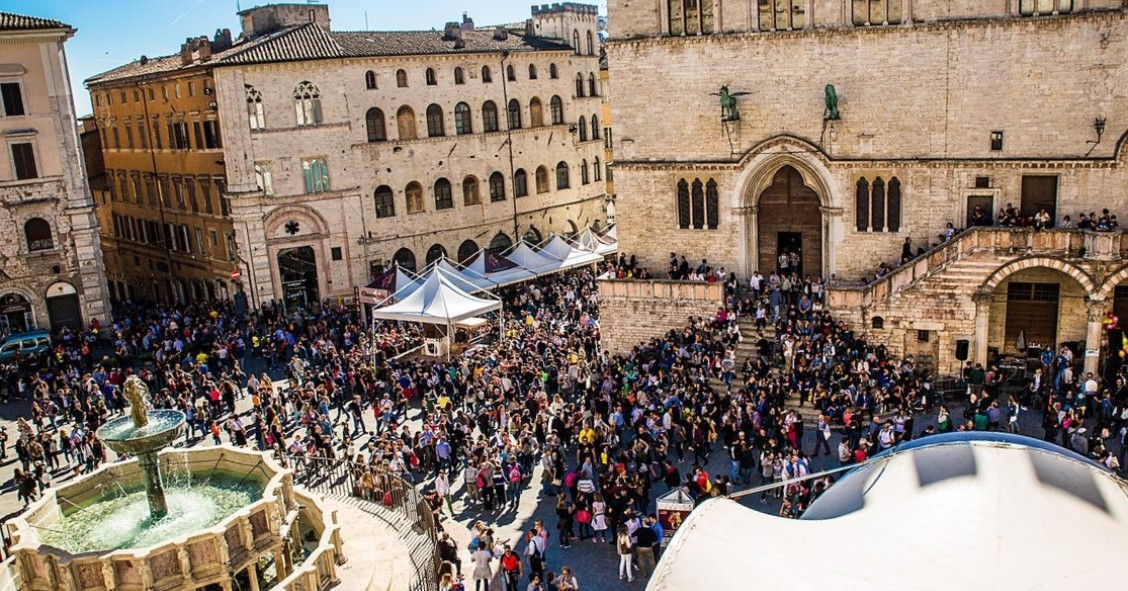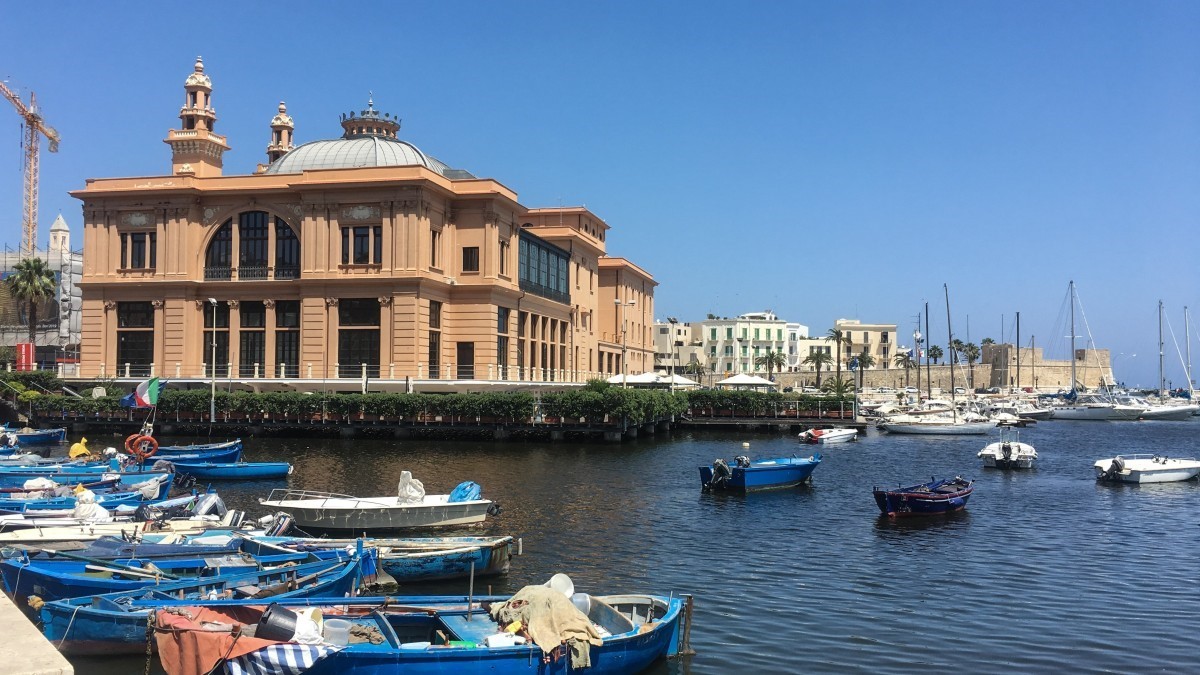
Bari is a spirited port city on the Adriatic coast, constantly enlivened by its university population. Bari Vecchia—a proper olde worlde maze of timeworn streets—sits right next to the neat, grand grid of the 19th-century Murat district. This contrast gives you a city with a raw, working-port soul and a deep sense of its history. For anyone considering living in Bari, it’s a chance to get under the skin of a corner of Italy that hasn’t been completely polished for tourists.
What is life like in Bari?
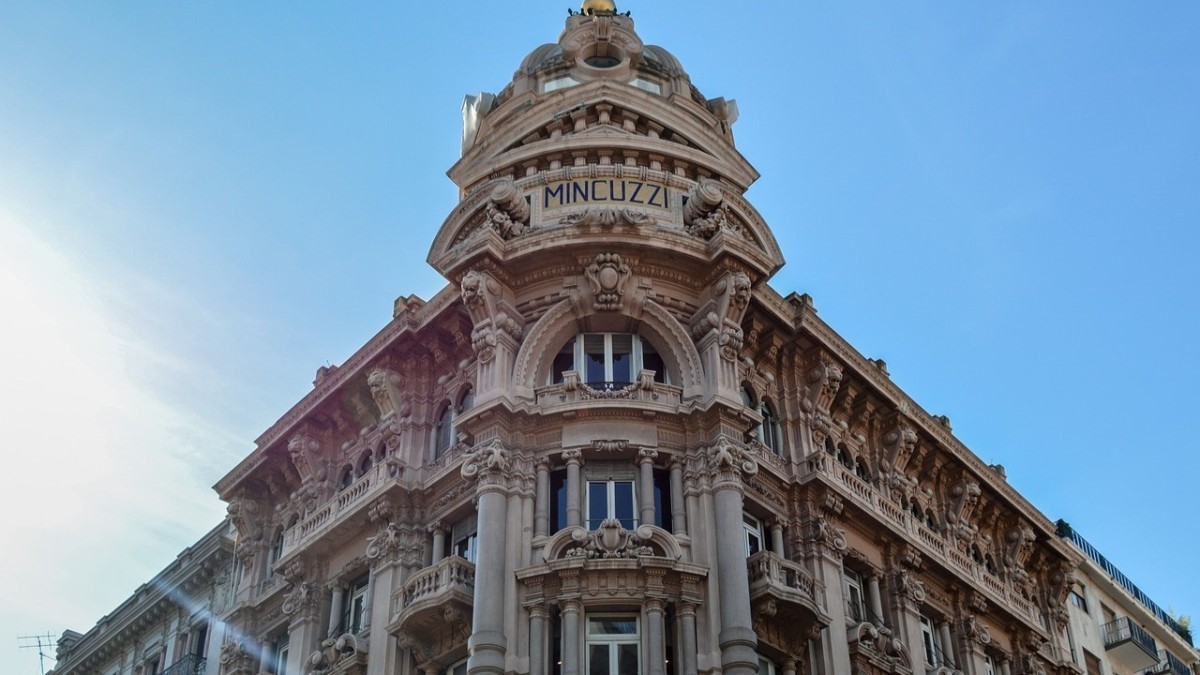
Life in Bari is a lively, unfiltered slice of Southern Italy. The city hums with the energy of a working port and a university town. It’s a city lived outdoors, from the morning chaos of the fish market to the sacred evening passeggiata (stroll) along the seafront. Community is everything here, and you’ll see it in the way neighbours chat from their balconies and the nonnas sit in the alleyways of Bari Vecchia making orecchiette by hand. It’s less of an international hub than Rome or Milan, so a willingness to dive into the local culture and get to grips with the Italian language is essential to feeling at home.
Pros and cons of living in Bari
Getting settled in Bari has some real high points, but like anywhere, there are a couple of things to keep in mind before you pack your bags.
Some of the pros of life in Bari include:
- An authentic lifestyle: the city is less polished for tourism than other major Italian destinations, giving you a chance to immerse yourself in a very local, traditional way of life.
- Affordable cost of living: day-to-day expenses are significantly lower than in Northern Italy or other major European cities.
- Superb food: you'll find incredible street food and fresh seafood right on your doorstep.
A couple of the cons to consider are:
- The challenge of bureaucracy: navigating the paperwork for things like residency or healthcare can be slow and complicated.
- A competitive job market: the number of available jobs in Bari is limited, and not speaking fluent Italian will be a significant barrier for most roles.
Best places to live in Bari
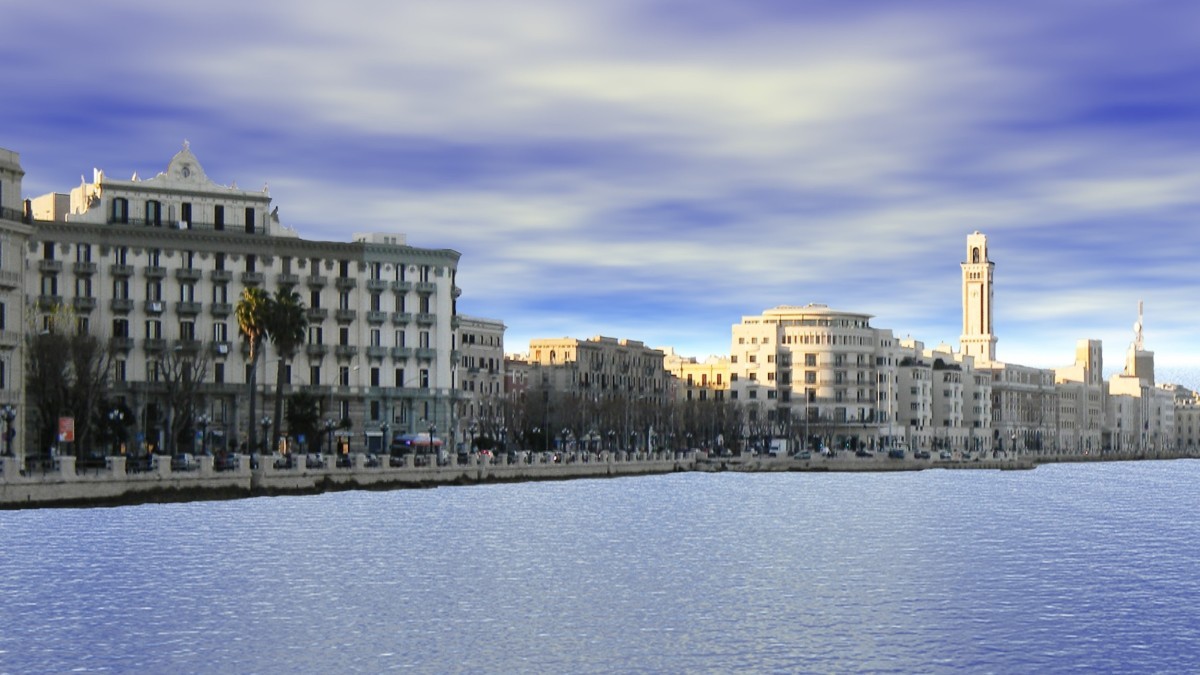
Finding your perfect spot in Bari really depends on the kind of lifestyle you're after, as the city’s districts each offer a completely different feel.
Murat district
As the modern heart of Bari, the Murat district is the city’s commercial engine room, laid out in an orderly 19th-century grid. This is where you’ll find the main shopping streets like Via Sparano, along with countless offices, bars, and restaurants. It's great if you want convenience and city life right on your doorstep, though the trade-off is that it can be noisy, and apartments in the grand buildings often come with a higher price tag.
Umbertino - Madonella Quarter
Sitting elegantly between the old town and the seafront, the Umbertino Quarter boasts grand architecture and a prestigious feel. It’s home to magnificent buildings and landmarks like the Teatro Petruzzelli and the Palazzo della Provincia. The area has a more refined and residential feel than the commercial bustle of Murat, and the property prices reflect that—it’s the most expensive part of the city.
Japigia
For a more modern and practical residential experience, Japigia is a large district to the southeast of the centre. It’s a very local area, characterised by post-war apartment blocks, wide streets, and plenty of amenities like supermarkets and local shops. While it lacks the historical character of the city centre, it offers better value for money, more spacious living, and is well-connected by public transport.
Bari Vecchia (Historic Centre)
Stepping into Bari Vecchia, the old town, is like entering another world. It’s a dense maze of narrow, winding alleyways, ancient churches, and hidden courtyards where local life unfolds in public. It’s incredibly atmospheric, famous for the ladies who sit outside making orecchiette, and perfect for someone who wants to live surrounded by history. Housing here is often in older, character-filled buildings, which can sometimes mean less space and natural light.
Poggiofranco
Considered one of Bari’s more modern and affluent residential neighbourhoods, Poggiofranco is located a little way out from the city centre. It’s popular with families and professionals who are drawn to its contemporary apartment buildings, green spaces, and quieter environment. You’ll find everything you need for daily life here, but you will likely be more reliant on a car or public transport to get into the historic centre.
Living in the province of Bari
While Bari itself has plenty to offer, it’s well worth looking at the smaller coastal towns nearby, especially if you fancy a slightly quieter pace of life. Many are well-connected by regional trains, so you can enjoy seaside living while still having easy access to the city for work or a night out.
To the north, you have Molfetta, a proper working fishing port with a lovely old town that feels very authentic. South of the city, the famous Polignano a Mare is built on dramatic limestone cliffs, though be warned, it gets incredibly busy with tourists in the summer. For something a bit more low-key and local, Mola di Bari offers a traditional port town atmosphere without the same crowds.
Is Bari expensive?
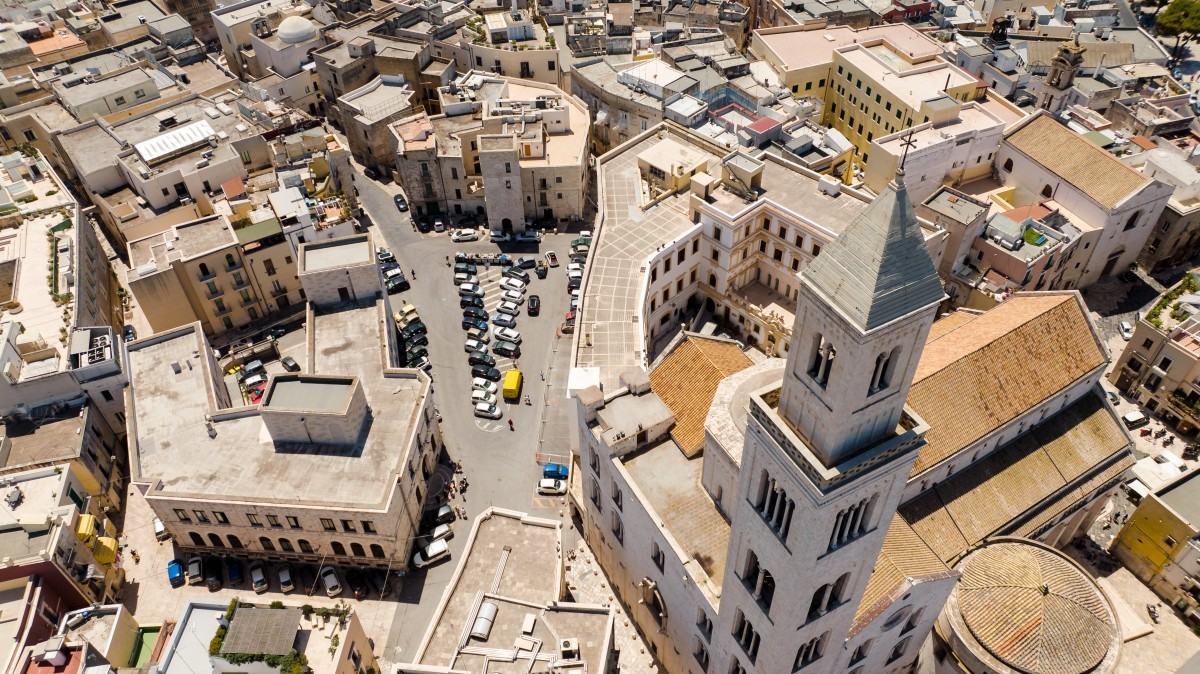
The good news is that Bari is one of Italy’s more affordable cities, especially when you compare it to the big names in the north like Milan or Bologna. You'll find the cost of living in Bari more affordable than other areas.
Housing is always the biggest monthly expense, and in Bari, it remains quite reasonable. As of July 2025, property prices averaged around €1,984 per m², while rental prices were about €12.8 per m². To put that into perspective, an 80m² apartment would typically cost you around €1,000 per month to rent.
Day-to-day living costs are where you can really see the difference. According to Numbeo, a cheap and cheerful meal out will set you back about €15, while a more substantial dinner for two in a mid-range restaurant is usually around €60. A coffee stays refreshingly low at about €1.60, and a beer is typically €4. When you factor in monthly bills, utilities can run anywhere between €115 and €210, depending on your lifestyle. Getting around the city is a good deal, too, with a monthly public transport pass costing about €30.
Living in Bari vs Naples
It’s always interesting to see how Bari stacks up against another major southern hub like Naples, especially as they’re both such fantastic cities. When you get down to the numbers on the property market, you can really see the difference.
As of July 2025, property prices in Naples jumped quite a bit compared to Bari to an average of €2,758 per m². You see a similar trend with renting. In Naples, rental prices stood at €15.50 per m². This all lines up with the fact that the general cost of living is noticeably higher in Naples overall. Beyond the costs, daily life in Naples has the glorious chaos of a sprawling metropolis, while Bari feels more like a manageable and slightly calmer regional capital.
Living in Bari as a student

When choosing to study in Italy as an international student, Bari is a fantastic city to be in, largely thanks to the huge student population from the University of Bari Aldo Moro and the Polytechnic University of Bari. You'll find there’s always something going on, especially in the central areas and the lively squares of Bari Vecchia in the evenings.
The city’s famous street food, like panzerotti and focaccia, makes for perfect cheap eats between lectures. Finding accommodation usually involves looking for a room in a shared apartment. Many students try to live centrally in Murat to be close to the action, while others look for more budget-friendly options in nearby residential areas like Carrassi or Japigia.
Living in Bari as an expat
The city has a smaller, less established expat community than you’d find in Rome or Milan. For some, this is a huge plus as it pushes you to dive straight into local life and get to grips with the language. For others, particularly someone living in Bari as an American who might be used to a larger support network, it could feel a bit isolating at first.
The first hurdle for most is the bureaucracy. You'll need to get your head around a few key things. To become a resident, you’ll need to register at the local registry office, the Anagrafe. You’ll also need a codice fiscale (a tax code), which is crucial for everything from opening a bank account to signing a rental contract. To access the national health service, the Servizio Sanitario Nazionale (SSN), you'll register with the local health authority, the Azienda Sanitaria Locale (ASL).
While English is spoken in some professional and academic circles, making an effort to learn Italian for social integration and day-to-day life will completely transform your experience. There are language schools in the city, and joining local clubs or groups for hobbies is a great way to practise and meet people outside the small expat bubble.

Stay in the know about living in Italy as a foreigner—get our weekly newsletter for the latest travel, legal, and lifestyle news.
For a taste of the high life, sign up for the monthly luxury market round-up.





